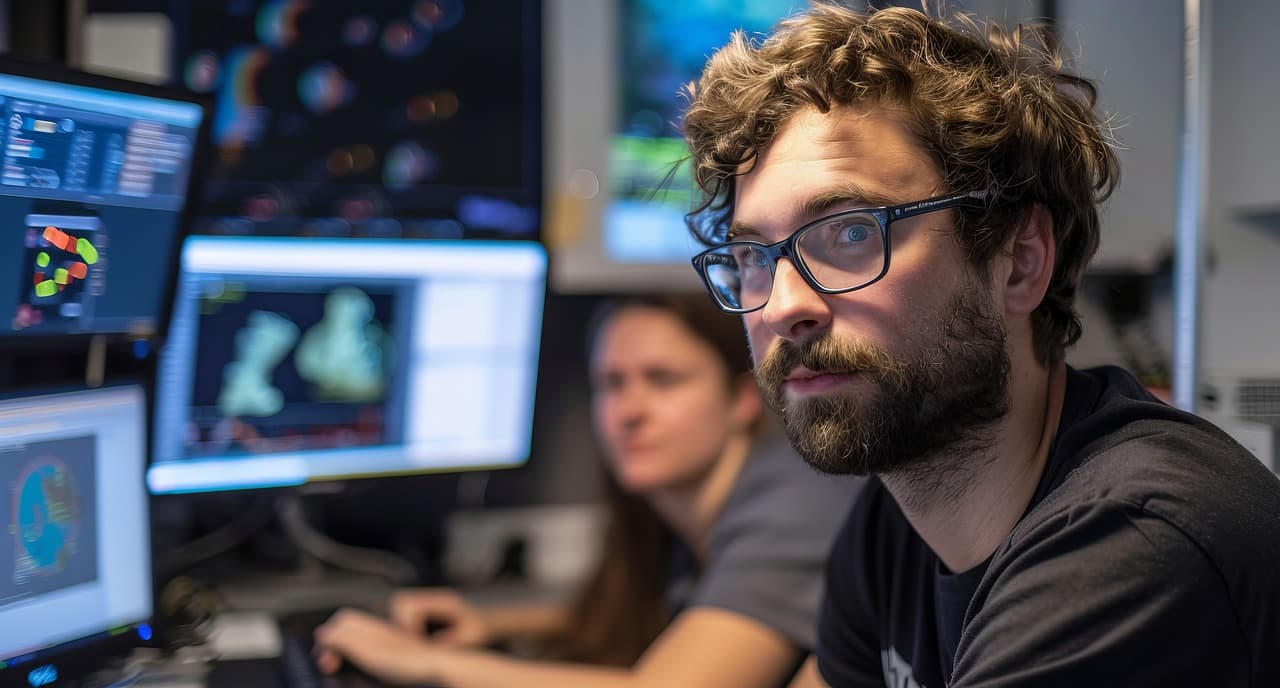There are currently three ways to deliver digital programming to consumers. Digital signals are: (1) broadcast over radio waves; (2) transmitted over channels provided by satellite television systems; and (3) provided through digital cable service in a growing number of markets.
Broadcasting.
According to the National Association of Broadcasters (NAB), as of January 10, 2008, there were 1,626 stations (both commercial and public) broadcasting digital signals in 211 markets. 10 This represents about 95% of the country’s approximately 1,700 powerful television stations. The 211 markets that now receive digital broadcasts cover more than 99% of U.S. households. Television stations must build new facilities and buy new equipment to transmit digital signals. According to NAB, the cost ranges from $8 to $10 million to fully convert a station to digital operation. 11 NAB estimates that the total cost of the switchover for broadcasters is between $10 billion and $16 billion. 12
As of October 10, 2007, the FCC had authorized or licensed the construction of 1,706 stations, representing approximately 99% of the total number of DTV sites. 13 Approximately three-quarters of the 1240 full-power commercial stations did not meet the May 1, 2002 conversion deadline. A total of 843 commercial stations applied to the FCC for an extension of the May 2002 deadline to complete construction of their DTV installations. So far, 772 have been granted and 71 have been warned. Of those stations that were granted an extension, 602 have requested a second extension. Of this number, 535 extension requests were granted, 67 rejected and the rest remain pending. Third extensions were filed by 141 stations; 104 extensions were granted, action was postponed for 30 satellite stations, and 7 stations were warned. Meanwhile, 214 noncommercial educational stations requested extensions to the May 1, 2003 construction deadline. The FCC granted all of these extension requests;
Satellite.
Satellite television is currently provided to more than 22 million American households. Two major companies offer direct broadcast satellite (DBS) services in the United States: DISH Network Echostar and DirecTV Hughes. Satellite customers need additional equipment (a slightly larger satellite dish and set-top box or built-in HDTV satellite reception capability) to receive high-definition programming on their digital TVs.
Cable.
Initially, cable companies were reluctant to carry channels of digital and high-definition programming (thus displacing some existing channel offerings) until more consumers received the digital television equipment needed to view digital programming. The reluctance of cable companies to carry digital programming has changed as cable TV providers in most markets have begun to provide digital or high-definition channels. According to the National Cable & Telecommunications Association (NCTA), as of March 2007, consumers in 209 (out of 210) local television markets are served by at least one cable provider that offers HD programming. Cable systems providing HDTV reach 100 million U.S. television households (out of a total of 110 million) and cover all 100 largest television markets.



